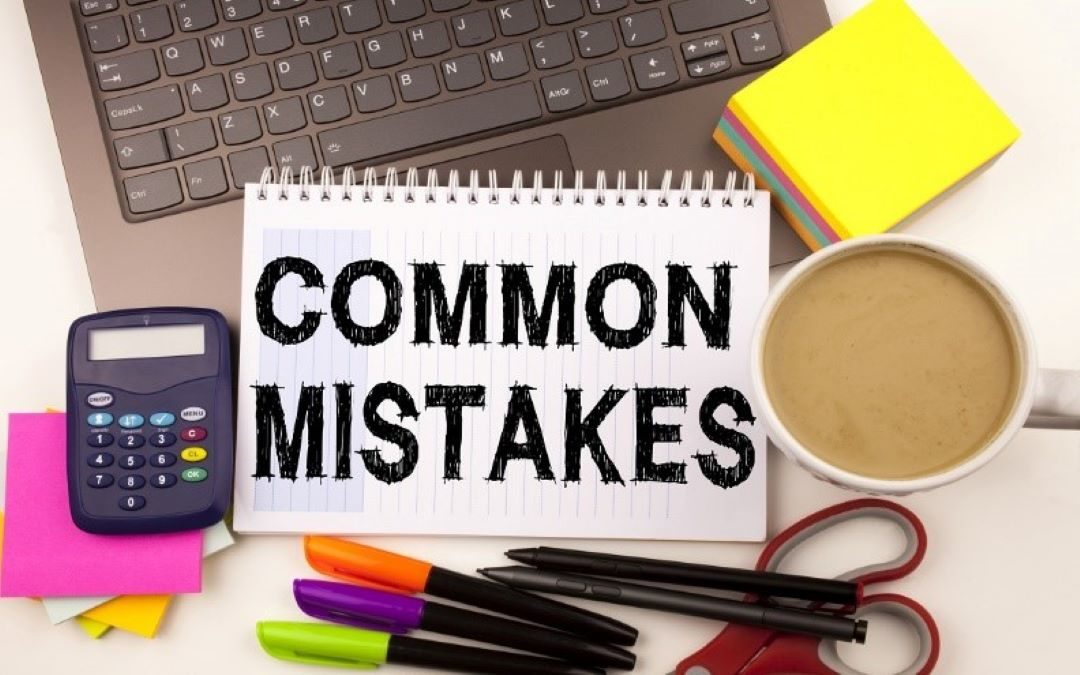The Most Common Packaging Mistakes Businesses Make
With an increasingly growing dependency on e-commerce and online sales, more businesses are having to package their items for delivery rather than presenting them in-store. Due to the COVID-19 pandemic, this transition has now been accelerated even further. Today, even the most veteran of brick-and-mortar businesses are venturing into packing up their goods for delivery or collection.
Despite this drive towards e-commerce and distance purchases, quality packaging remains the most under-estimated element of a great customer experience among many businesses. Not only does quality packaging ensure the product arrives securely, but it also serves as the customer’s first physical impression of the product and the company behind it.
Without these two factors, poor packaging can be a silent reputation killer if left ignored. For example, rather than giving positive feedback about the product online or through word-of-mouth, customers understandably vent their frustration about how poorly packed and damaged a product is when it arrives.
In today’s post, The Packaging Company explores three common errors businesses of all sizes make when it comes to packaging their products and how they can be rectified for a better customer experience.
#1: Using Flimsy, Low-Quality Packaging Materials
Impressive packaging all starts with the right materials – and more importantly, the quality of these materials. For example, cardboard is often seen as a cheap, disposable resource and is bought in bulk with little consideration for its quality. Yet in reality, not all cardboard is the same. Some are sourced and manufactured from low-quality wood overseas, meaning they are more likely to crush easily under pressure or suffer from hazardous issues such as damp spots.
The quality of supplementary packaging items such as tape, foam rollers and mailers is also overlooked, resulting in poor protection for your items. Consequently, the risk of your products being damaged or ruined during shipping increases, leading to unhappy customers and a disappointing reflection of your customer care and pride.
To avoid using low-quality packaging, partner with a packaging company that you know puts quality materials at the helm of its packaging. Ask your packaging supplier about their quality control standards, such as whether they test their packaging under tests like the box crush test. By fostering a strong supplier relationship with a reputable packaging company, your business can maintain consistent results that will leave your customers enjoying your product rather than being disappointed about the box it came in.
#2: Using the Wrong Types of Packaging Tape
Alongside the quality of materials used to package your goods, the method used to package them must also be taken into consideration. This is especially true when it comes to packaging tape.
Tape is often used to seal cardboard boxes and larger envelopes, and sometimes used to add further protection to packaged goods. Though businesses might be tempted to just use standard packaging tape, this can be a major mistake if the tape is ill-suited for the method of delivery or packaging size.
There are actually many different types of tape, each manufactured for a specific purpose. Examples include:
• Carton Sealing Packing Tape
• Cold Temperature Packing Tape
• Water Activated Packing Tape
• Customized Tape
The diversity of packaging tape means they each has a use for a specific environment or scenario. For example, if you are storing or shipping products in cold conditions, you may need to use cold temperature packing tape. Whereas standard packaging tape is prone to unsticking in cold weather, cold temperature packaging tape has a stronger adhesive, making sure your products reach customers safely no matter how cold the destination.
Taking this into account, pay extra attention to the environmental challenges your goods face when being shipped or collected. Your choice of packaging tape might not seem particularly important, but it can have significant consequences on how well the product arrives at your customer’s doorstep and their impression of your business.
3. Not Providing Adequate Protection for their Products
Another mistake seen in businesses with a poor packaging system, the lack of internal packaging can represent a hazard in itself. Though sellers may use a high-quality cardboard box to hold their product, the item is still at risk of being damaged inside the box if it is fragile. This is more common if the product has an unusual shape and requires a larger box for storage, as this creates open space inside the box that can cause the product to shake or be knocked easily.
In some cases, opting for a smaller cardboard box or mailer can reduce the empty space inside packaging. But given the distance products have to travel to reach consumers, tosses and knocks are inevitable, especially if a third-party distribution channel is used. For this reason, packaging products are highly recommended.
For example, adding padding like packaging tissue can help reduce movement inside the box and keep it secure while being transported. Similarly, corner guards can reduce the impact of knocks and prevent an item’s hard corners from tearing the box, particularly if the product is fragile or made of sensitive materials.
Buy Quality Packaging for Your Business with The Packaging Company
No matter your product, a great customer experience for e-commerce starts with quality packaging both inside and out. If you are looking for robust packaging materials your business can rely on, consider The Packaging Company!
Supplying everything from corrugated cardboard boxes to customized tape, we have everything you need to make your product packaging safely reach its consumer. With options for customized packaging, you can also showcase your brand right from your customer’s doorstep too. Browse our catalog to get started!




